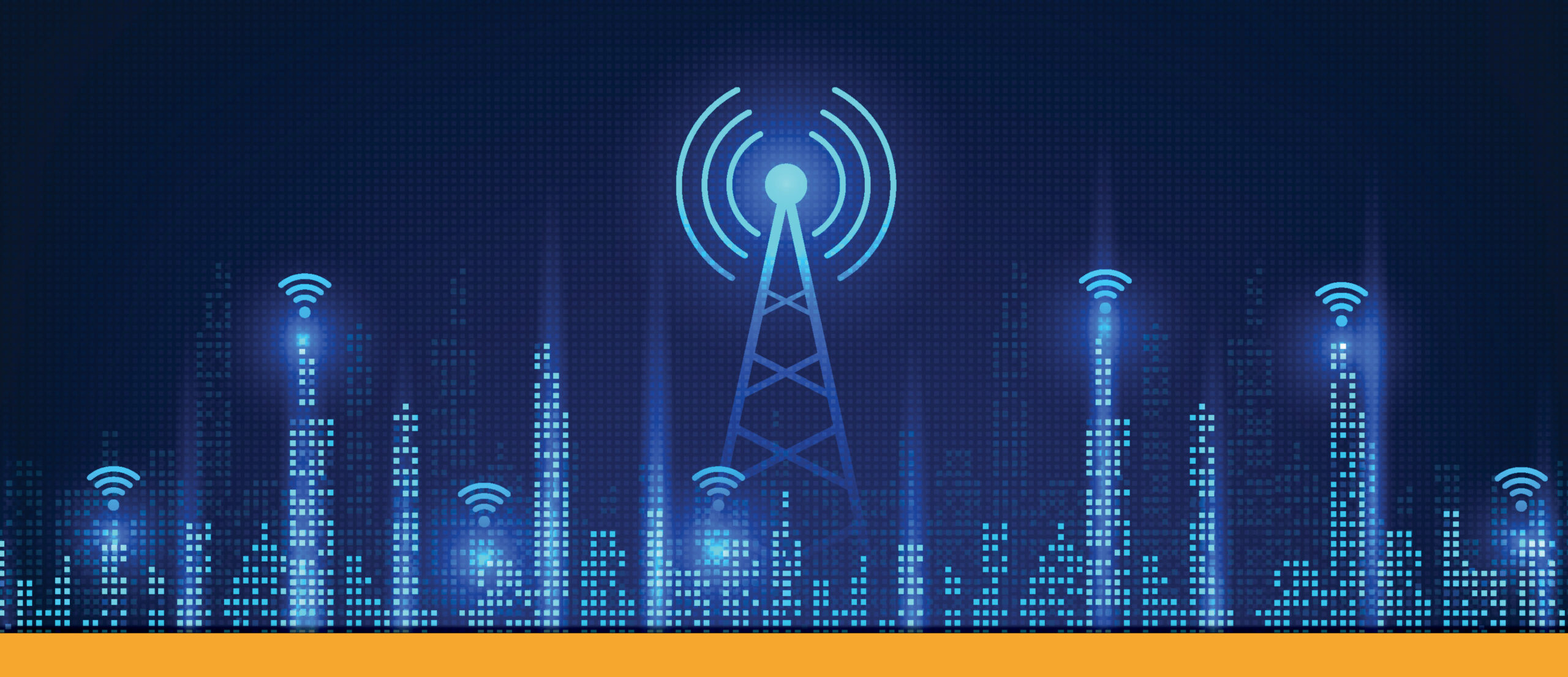Page Contents
Choosing IoT Connectivity: 4G LTE or 5G?

Page Contents
IoT WAN connectivity is broadening quite significantly as new technologies develop. Among them, cellular connectivity will be leveraged increasingly as the demand for mobile communications grows, as well as the need for broader reach and greater penetrability. As 5G cellular connectivity continues its rollout and overall development and 4G LTE will remain a viable option for many more years, organizations interested in leveraging high speed, high bandwidth, and low latency connectivity face the question – which IoT connectivity technology should I choose: 4G LTE or 5G.
Speed and latency have been significant objectives in the various iterations of cellular generations. While the jump from 2G to 3G mainly concentrated on expanding voice communications to rich media, the development from 3G to 4G LTE focused on high-speed packet access.
Characteristics of 4G LTE and 5G
Specifically, the development of 4G LTE increased peak data rates to 100 Mbps in downlink and 50 MBps in uplink while reducing backhaul. Meanwhile, 5G iterates speed even further by increasing peak data rates of up to 20 Gbps. Concerning latency, 4G LTE is roughly 200 milliseconds, whereas 5G is one millisecond.
All told, 5G can deliver data rates ten times faster than 4G LTE, at 200 times more capacity and latency ten times shorter.
The new radio wave of 5G needs to be supported by infrastructure and the spectrum freed by the sunsetting of 2G and 3G networks globally. The earliest releases of 5G have been Non-Standalone (NSA), which has leveraged the 4G LTE infrastructure. This has increased speed for 5G and helped build backward compatibility, so legacy turndowns from LTE to 5G won’t be an issue.
The backward compatibility of 4G LTE is also a boon to operators in the interim. Still, demand will vie against capacity and force the hand of network operators to begin building new infrastructure.
And it will not be until widespread infrastructure (it is estimated that the location density of 5G cell sites will be five times that of 4G) is built by carriers to support 5G Standalone (SA) that the true capabilities of 5G will emerge. The ROA (return on assets) on building 5G SA has also been a mixed bag, with the challenge of monetizing 5G creating a hurdle.
Network Opportunities in 4G LTE and 5G
An early demand for 5G lies in fixed wireless access (FWA) where the need for broadband connectivity can be found in cellular networks. IoT service providers, urban and rural utilization, retail and enterprise use cases all create an opportunity to use the installed base of 5G.
Another pioneering application of 5G can be found in private 5G networks. A private network is essentially a network within a network. Organizations can essentially build a dedicated cellular network for enhanced enterprise connectivity.
The benefits of this include heightened security, dedicated bandwidth, and centralized management. Private networks can be built with both 5G or 4G LTE, and the differences are similar in network performance in speed, latency, and bandwidth.
A triad IoT sectors that will greatly benefit from the capabilities of 5G SA – Ultra Reliable Low Latency Communications (URLLC) enhanced Mobile Broadband (eMBB) and Critical IoT – are likely to see later adoption as widespread 5G SA buildout will be necessary.
Choosing Between 4G LTE and 5G
Ultimately, choosing between 4G LTE and 5G comes down to the application and its requirements. 4G LTE is currently more widely available, and further 5G buildout is happening at a slower pace than originally anticipated. Many IoT use cases do not require the extremely high speed and low latency benefits of 5G, and it can be more cost-effective to leverage 4G LTE. But, if the IoT use cases require higher data rates, lower latency, dense device deployments and efficient power consumption, then 5G is the ideal choice.
The pressure to make a future-proof decision in the two technologies is absent, which is a positive when making a selection. Unlike 2G and 3G networks, which are currently sunsetting globally, the backward compatibility of 4G LTE means that there will be a more seamless transition between the two technologies when LTE is ultimately turned down or if organizations choose to upgrade.
Powering Your Success: 4G LTE or 5G
Whether you are interested in 4G LTE or 5G – or even low power wide area (LPWA) network – solutions, floLIVE is here to help. We understand how vital connectivity is to your success and we can help ensure that you have “always on” connectivity across the globe. Reach out to our team of experts to learn more.


Join Our Newsletter
Get the latest tips and insights in our monthly newsletter.









